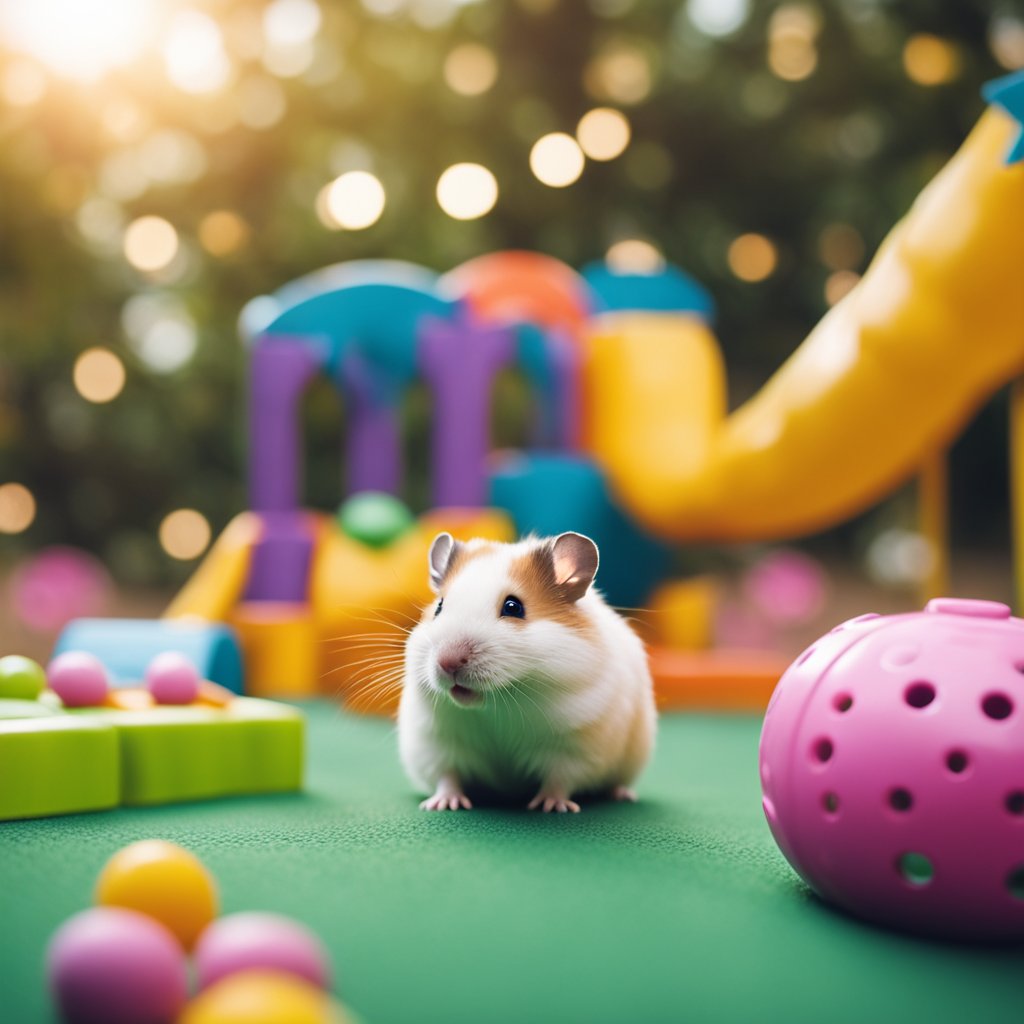What Do Hamsters Enjoy the Most? A Comprehensive Guide to Hamster Happiness
Hamsters are adorable pets that can bring joy to any household. If you’re looking to adopt a hamster or already have one, you might be wondering what they enjoy the most. Knowing what your hamster likes can help you provide the best care and create a happy environment for your pet.
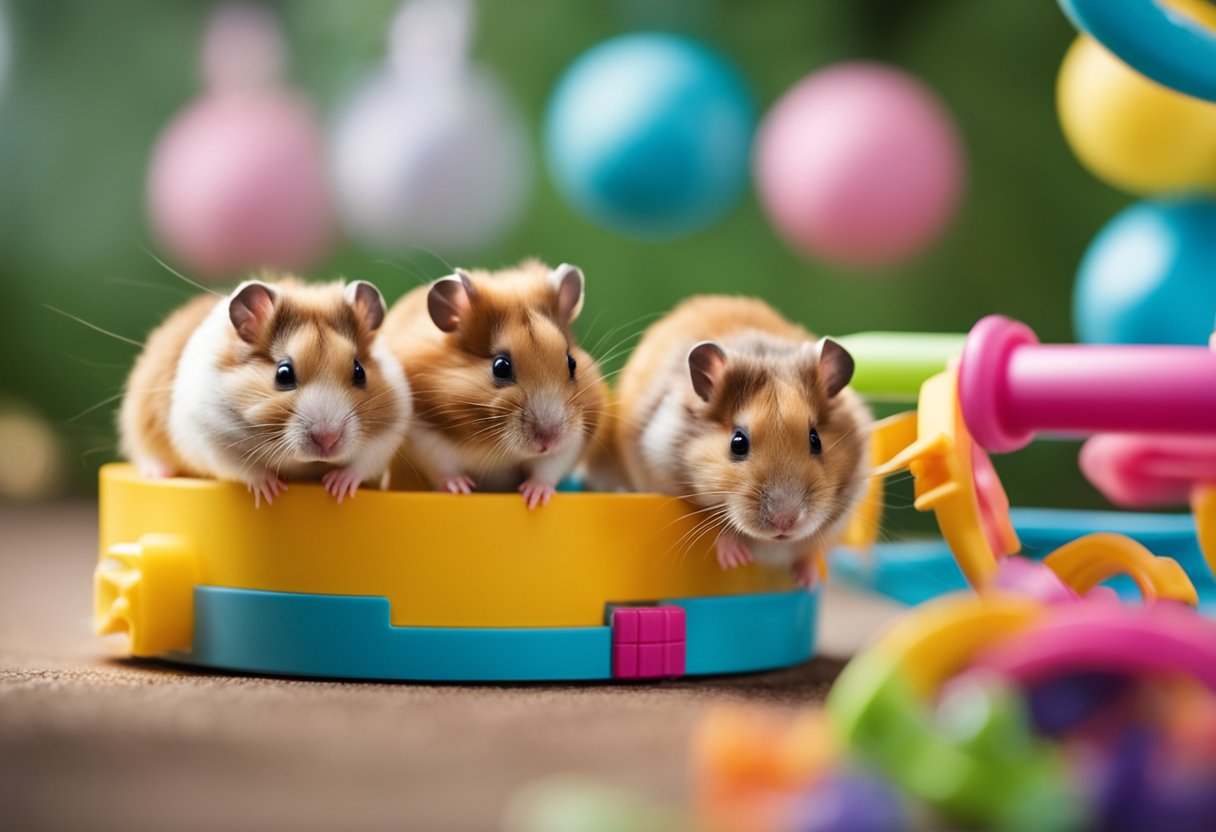
Dietary Preferences: Hamsters have specific dietary preferences that can impact their health and well-being. It is essential to understand what they love to eat the most to ensure they receive a balanced diet. Hamsters love to eat fresh fruits and vegetables such as apples, bananas, and strawberries Likeable Pets. They also enjoy eating small amounts of seeds, nuts, and grains. However, hamsters dislike foods that are high in sugar, such as chocolate or candy, as well as foods that are spicy or seasoned with strong flavors. They also dislike citrus fruits and foods that are high in fat Small Animal Advice.
Environmental Enrichment: Hamsters are active creatures that love to play and explore. Providing your hamster with environmental enrichment can help keep them happy and healthy. Hamsters love to dig and burrow, so providing them with a deep bedding substrate can give them the opportunity to create tunnels and burrows YouTube. They also enjoy climbing and playing with toys such as climbing walls and tubes Pet Keen.
Key Takeaways
- Hamsters love fresh fruits and vegetables but dislike foods that are high in sugar, spicy, or seasoned with strong flavors.
- Providing environmental enrichment such as deep bedding substrate, climbing walls, and tubes can keep hamsters happy and healthy.
- Understanding your hamster’s dietary preferences and providing environmental enrichment can help create a happy environment for your pet.
Dietary Preferences
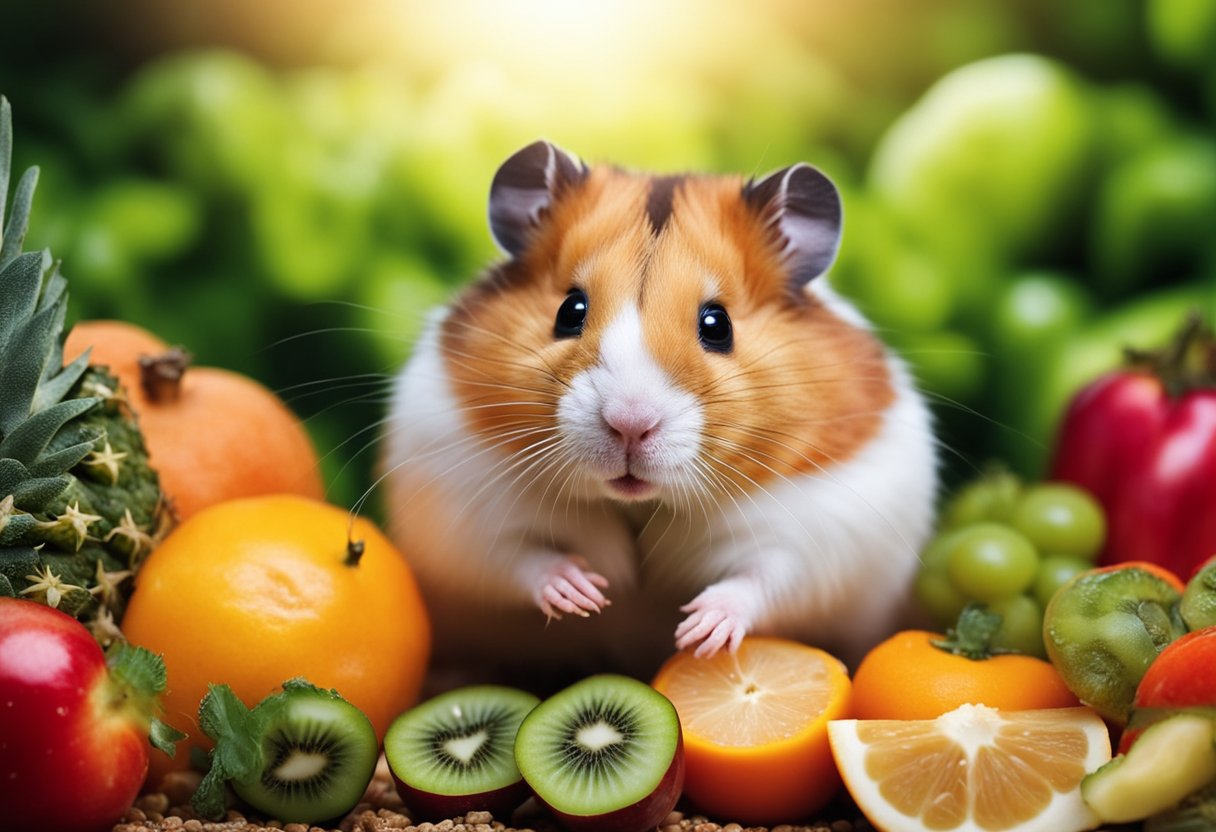
Hamsters are omnivores, which means they can eat both plants and animals. However, their diet should be balanced and not too high in fat or sugar. In this section, we will discuss the dietary preferences of hamsters, including their favorite foods and treats.
Favorite Foods
Hamsters enjoy a variety of fresh fruits and vegetables. Some of their favorites include apples, bananas, carrots, kale, and spinach. They also like to eat small amounts of cooked chicken, boiled eggs, and low-fat cheese. When feeding your hamster fresh foods, make sure to wash them thoroughly and cut them into small pieces.
In addition to fresh foods, hamsters also need a good quality commercial pellet food. Look for a pellet food that is high in protein and fiber, and low in fat and sugar. You can also give your hamster small amounts of seeds and nuts as a treat. However, these should be given sparingly as they are high in fat.
Treats and Snacks
Hamsters enjoy treats and snacks, but these should be given in moderation. Some good options include small pieces of fresh fruit or vegetables, plain popcorn, and whole grain cereal. Avoid giving your hamster sugary or salty snacks, as these can be harmful to their health.
It’s important to remember that treats should make up only a small part of your hamster’s diet. Too many treats can lead to obesity and other health problems. Stick to giving your hamster fresh foods and a good quality commercial pellet food for their main meals.
In conclusion, hamsters have a varied diet that includes fresh fruits and vegetables, commercial pellet food, and occasional treats. By providing your hamster with a balanced diet, you can help them stay healthy and happy.
Environmental Enrichment

Hamsters are active creatures that require plenty of environmental enrichment to keep them happy and healthy. Providing them with a variety of toys and activities can help prevent boredom and encourage natural behaviors.
Exercise and Play
Hamsters are natural runners and enjoy exercising on a wheel or in a ball. A wheel should be large enough for your hamster to run on without arching their back, and should be solid to prevent injuries. A ball can also provide exercise and stimulation, but should only be used under supervision to prevent accidents.
Chewing and Gnawing
Hamsters have constantly growing teeth and need to chew to keep them healthy. Providing them with chew toys made of safe materials such as wood or cardboard can satisfy their natural urge to gnaw. You can also provide them with hay or other natural materials to chew on.
Burrowing and Hiding
Hamsters love to burrow and hide, and providing them with a variety of hiding places can help them feel safe and secure. A cardboard box or a tunnel can provide a cozy hiding spot, while a deep layer of bedding can encourage burrowing. Just make sure to use safe materials and avoid anything that could be harmful, such as plastic or sharp objects.
By providing your hamster with plenty of environmental enrichment, you can help keep them happy and healthy. Remember to always supervise your hamster during playtime and to provide safe and appropriate toys and activities.
Resources
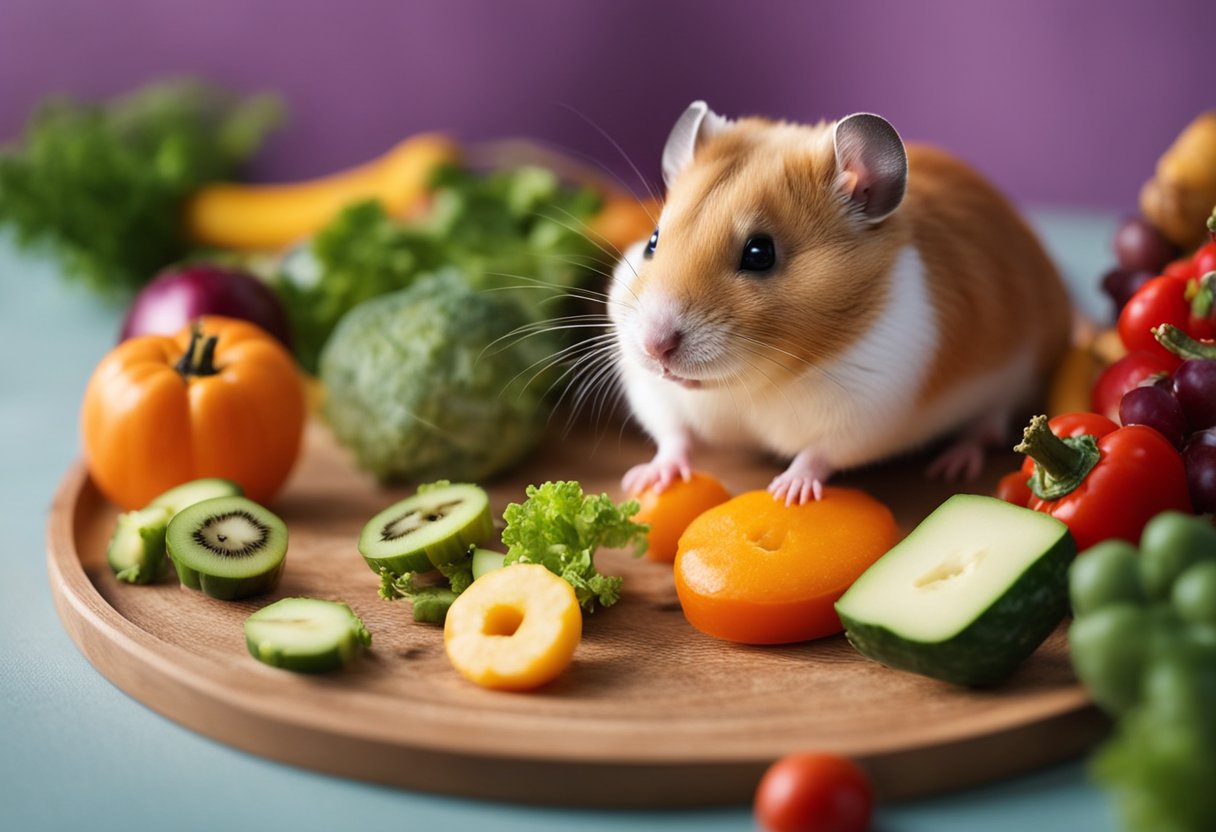
To learn more about what hamsters enjoy the most, you can consult a variety of resources. Here are a few:
- Likeable Pets provides a comprehensive list of things that hamsters love, including tunnels to run through, wheels to exercise on, and hiding places to retreat to. Additionally, hamsters love fresh fruits and vegetables, as well as small amounts of seeds, nuts, and grains.
- Fluffy Tamer offers an essential guide to ensuring hamster happiness. This guide provides insight into what makes hamsters happy, including the importance of understanding their needs and providing an environment that caters to their well-being. Food is also a crucial factor in hamster happiness, as they are voracious eaters.
- WikiHow Pet provides a step-by-step guide on how to entertain your hamster. This guide includes setting up a playpen to let your hamster explore a new environment, providing toys and puzzles for stimulation, and spending quality time with your hamster.
- Burgess Pet Care offers the ultimate happy hamster guide, which includes information on hamster breeds, exploration, and teeth care.
- PawTracks provides do’s and don’ts with hamsters, including tips on cleaning their living space, providing toys, and handling them properly.
These resources can help you gain a better understanding of what hamsters enjoy the most and how to keep them happy and healthy. Remember to always consult a veterinarian if you have any questions or concerns about your hamster’s well-being.
Conclusion
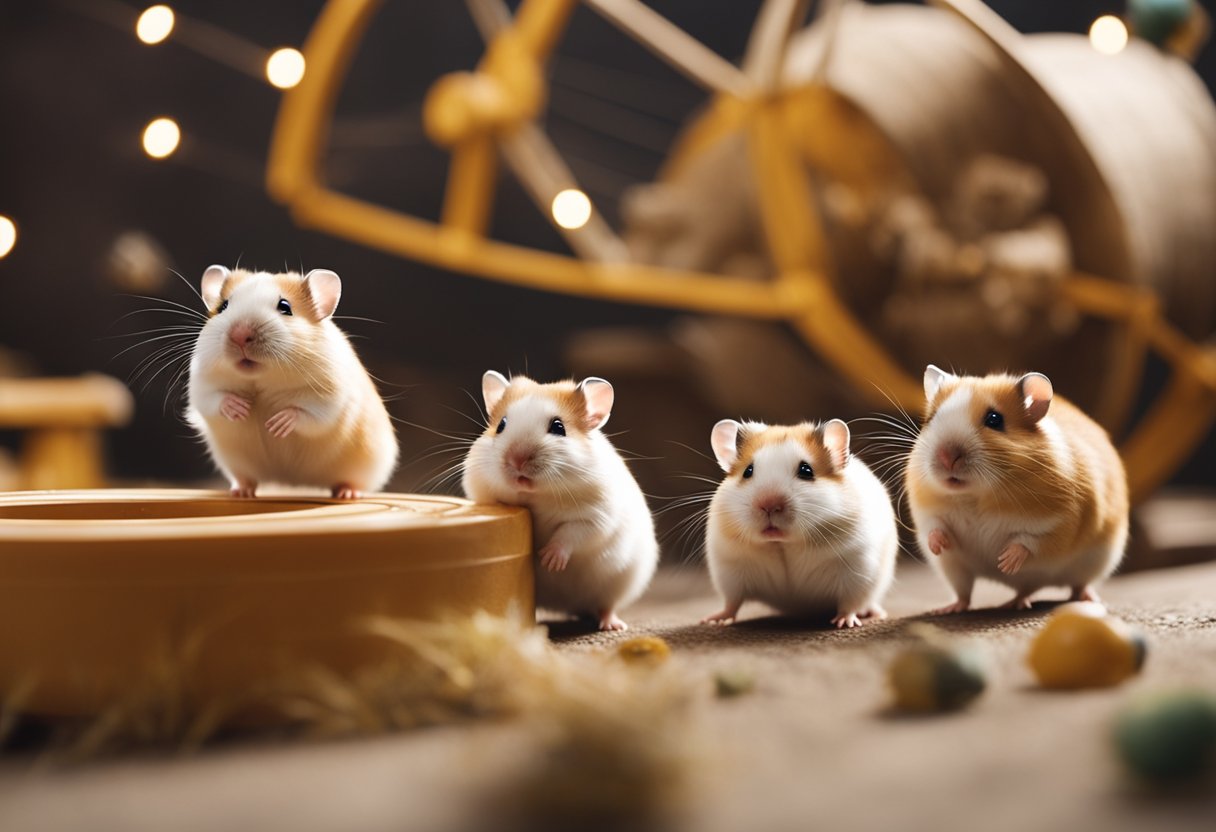
In conclusion, hamsters are adorable and loving pets that require attention and care. Understanding what they enjoy the most can help you provide them with a healthy and happy life.
Hamsters love fresh fruits and vegetables, including apples, bananas, and strawberries. They also enjoy small amounts of seeds, nuts, and grains. It is important to avoid feeding them foods that are high in sugar, such as chocolate or candy, as well as foods that are spicy or seasoned with strong flavors. They also dislike citrus fruits and foods that are high in fat.
Hamsters are active animals that enjoy their naps but also need plenty of exercise. Providing them with an exercise wheel that is large enough for them to run on is crucial. They also need a clean and comfortable living space, which includes a bed, food dish, water bottle, and toys to play with.
Remember to handle your hamster with care and to socialize with them regularly. While they may be independent animals, they still enjoy spending time with their owners.
Overall, hamsters are great pets that can bring joy and companionship into your life. By understanding their preferences and needs, you can provide them with the best care possible.
Frequently Asked Questions
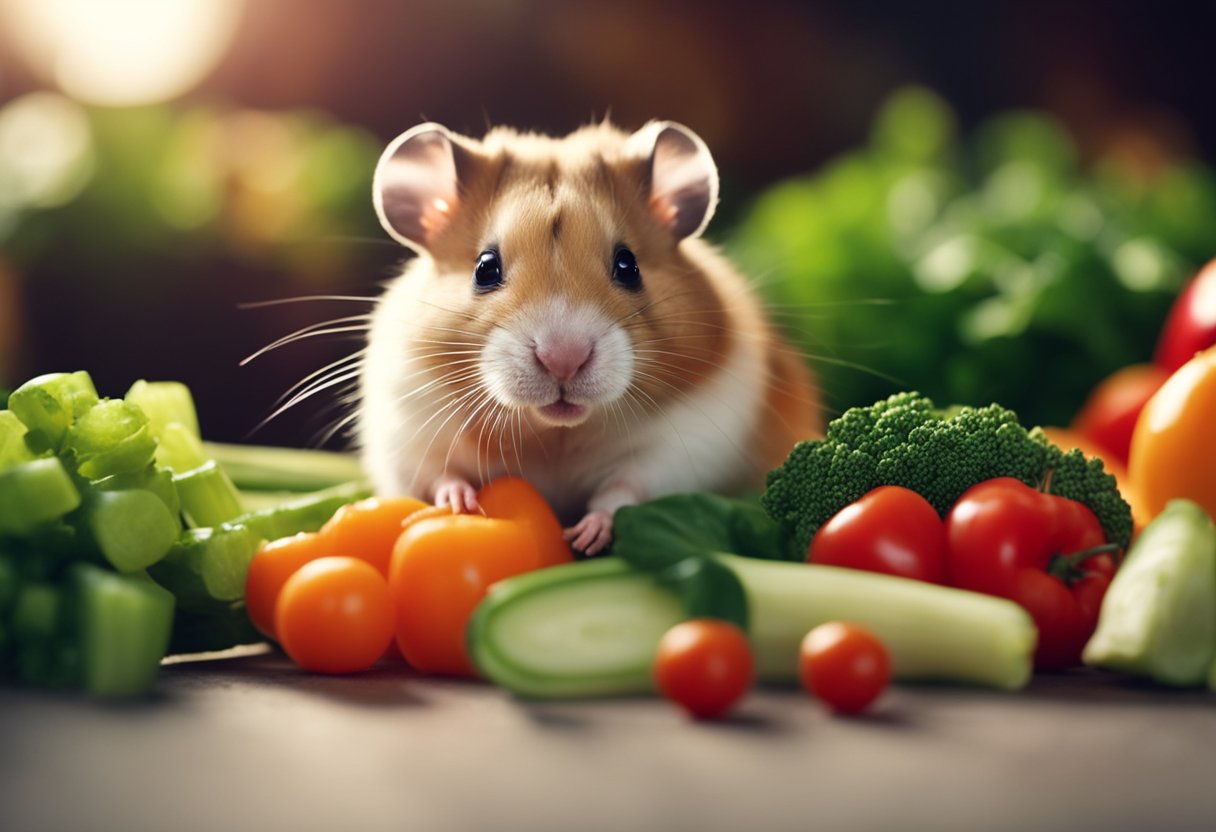
What activities provide enrichment for hamsters?
Hamsters are active animals that require mental and physical stimulation to stay healthy and happy. Some activities that provide enrichment for hamsters include exploring mazes, running on wheels, and playing with toys. You can also provide your hamster with tunnels, climbing structures, and hiding places to keep them entertained.
How can you keep a hamster entertained during the day?
One way to keep your hamster entertained during the day is to provide them with a variety of toys and playthings. Hamsters enjoy playing with chew toys, tunnels, and balls. You can also create a play area for your hamster with different textures and materials to explore. Additionally, you can provide your hamster with fresh fruits and vegetables to forage and play with.
What are some toys or playthings that hamsters find enjoyable?
Hamsters enjoy toys that allow them to explore and play. Some popular toys for hamsters include exercise wheels, chew toys, tunnels, and balls. You can also provide your hamster with cardboard tubes, wooden blocks, and other safe materials to play with.
How do hamsters interact with humans for enjoyment?
Hamsters can interact with humans in a variety of ways for enjoyment. Some hamsters enjoy being held and petted, while others prefer to play and explore on their own. You can also interact with your hamster by providing them with treats and toys, and by talking to them in a calm and soothing voice.
What behaviors indicate a hamster is happy?
A happy hamster will exhibit a variety of behaviors, including exploring, playing, and grooming themselves. They will also have a healthy appetite and show interest in their surroundings. Additionally, a happy hamster will be active and alert, and may even seek out interaction with their owner.
What are the best practices for Syrian hamster enrichment?
Syrian hamsters require plenty of space and mental stimulation to stay healthy and happy. Some best practices for Syrian hamster enrichment include providing them with a large cage, plenty of toys and playthings, and a variety of textures and materials to explore. Syrian hamsters also enjoy digging, so providing them with a deep layer of bedding is important. Additionally, Syrian hamsters are social animals and may benefit from having a companion of the same sex.
